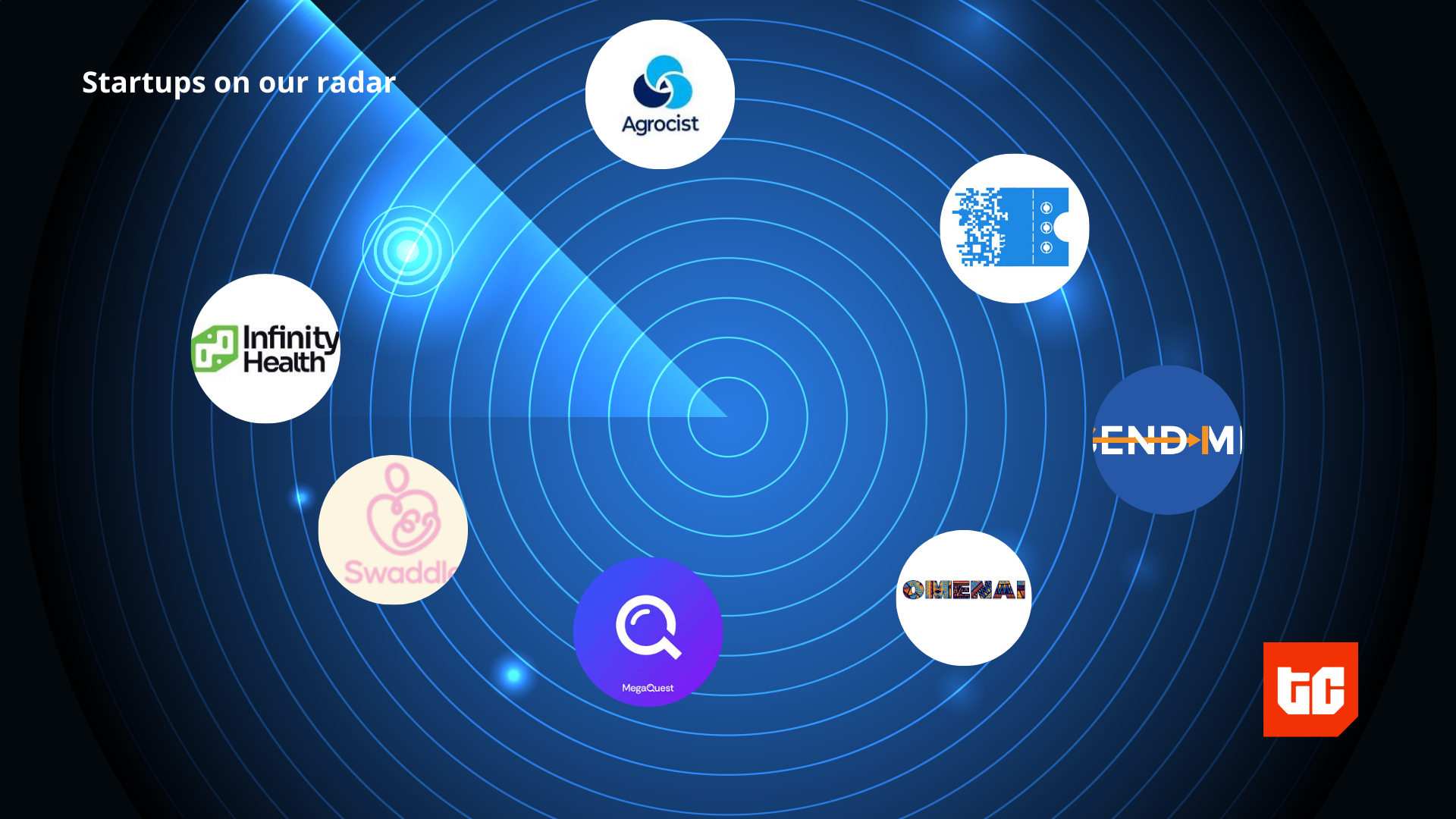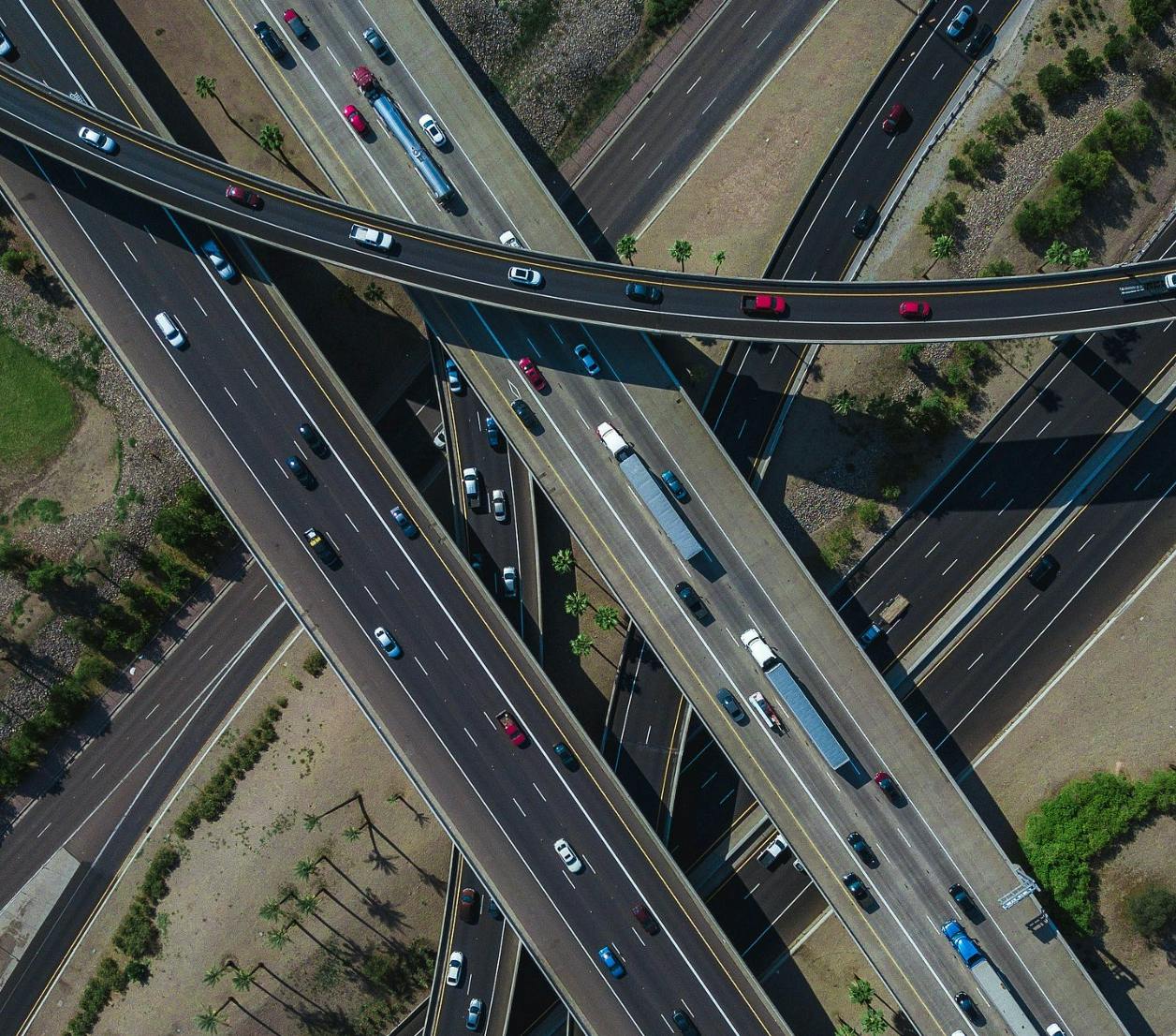I thought switching to Android would be easy. Most of my favorite apps were already on the Play Store, but I quickly realized that just because an app exists doesn’t mean it works the same.
5
Instagram
Social media apps have always been notoriously bad on Android, but I didn’t realize just how bad until I actually tried Instagram for myself.
Clicking and sharing pictures is probably the most common activity on any social media app. So, when I switched from an iPhone 13 to a Samsung Galaxy S24 Ultra, I expected the photos to be significantly better, given that the camera hardware is on another level, but I was left really disappointed.
The in-app camera is straight up useless. I’m not just talking about pictures looking worse; I mean, even taking them in the first place is a pain. There’s this random shutter delay where I’ve literally had to hold my phone still for five seconds waiting for it to register. At first, I thought maybe this was a night mode quirk, but it also happens in perfect lighting.
And after all that, the shots still look nothing like what I get from the stock camera app. Sure, I could use the phone’s default camera and then upload them to Instagram manually, but that becomes annoying really fast, especially when I just want to quickly snap and send something over DMs.
4
Spotify
Moving on to Spotify, I actually gave up and switched to Apple Music because Spotify’s Android app just felt so much worse compared to its iOS version.
For example, Spotify’s equalizer support really depends on the phone you’re using. On Samsung devices, the option just redirects you to the system audio settings, which means the preset you choose applies to every app. However, when we tested phones from other Android device manufacturers (such as Realme, Honor, and Nothing), the results were mixed. Some devices handled it more like iOS, where the equalizer worked within the app itself, while on others, it didn’t work at all.
Aside from that, I also ran into small annoyances like the lock screen controls randomly stopping or the app crashing sometimes, though in fairness, that might have just been an isolated issue on my device.
3
WhatsApp
I no longer have iMessage. Although there are ways to get iMessage working on Android, WhatsApp has become my primary messaging app. Again, it’s baffling how many things are just worse here for reasons I honestly cannot explain.


Something as basic as a proper dark mode is completely missing. There is technically a dark mode option, but instead of giving you true blacks like on iOS, you get a dark background with a green tint that just looks bad, especially on an OLED display.
On iOS, every menu is also clean and organized into sections, but on Android, it appears as if everything has been thrown together with no structure at all. Half the time, I’m scrolling around trying to find basic options.
You can clearly see how much worse the Android app is in the screenshots below; the first shows WhatsApp on Android, while the second shows it on iOS.
Then there are the missing gestures. On iOS, I can hold on a chat for a quick preview or swipe on a message in a group to instantly see who’s read it. On Android, that’s all gone. To check who has read a message, you need to long-press it, tap the three dots in the corner, and then select another option.
What makes it even worse is that the iOS app feels coherent and polished, almost as if it’s following Apple’s own design guidelines. On Android, all of that refinement just disappears, resulting in a half-baked app.
2
Genshin Impact (and other games)
I find that most major games run worse on Android, with lower resolutions and worse framerates. That’s partly because developers have to account for a wide range of different chips and devices, unlike Apple, which has just one platform to target.
Genshin Impact is where this really stood out to me. On Android, it runs at a noticeably lower resolution, drops frames constantly, and still lacks 120 FPS support that iPhones have had for a while. Even controller support for the game only showed up recently, despite Android supporting controllers for over a decade. The sad reality is that the platform just isn’t a priority for developers.
To be fair, if you’re really serious about mobile gaming, you’re still better off with something like an ROG Phone 9 Pro than an iPhone, since performance holds up much better over longer sessions. And if you’re into emulation, Android is easily ahead, as you can emulate a much wider variety of consoles.
1
YouTube
Funnily enough, Google’s own app has actually been worse on their own platform than on iOS for me. Unlike the other apps I’ve mentioned, the issue here isn’t the absence of features; it’s that the Android version is a buggy mess.
More often than not, I open a video and get a black screen while the audio keeps playing. Picture-in-picture is another nightmare. Sometimes it does not work at all, and when it does, the controls often do nothing when I tap on them.
There is also a weird bug I have encountered on Instagram, where Shorts or Reels continue playing audio in the background even after quitting the app. The only way to fix it is to force close YouTube completely.
While my switch to an Android smartphone hasn’t been perfect, there are still plenty of things I actually like about the platform.
If Google enforced higher app quality on the Play Store or pushed for coherent design guidelines that all apps had to follow, most of my complaints would disappear overnight. Until then, the best I’ve been able to do is either hunt for better alternatives or live with the issues.














